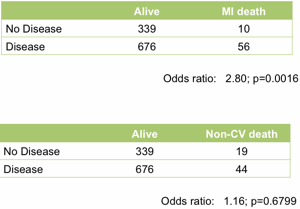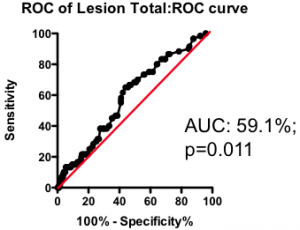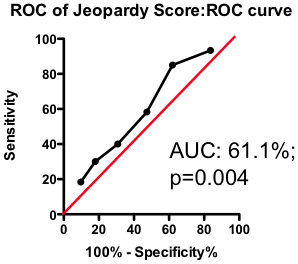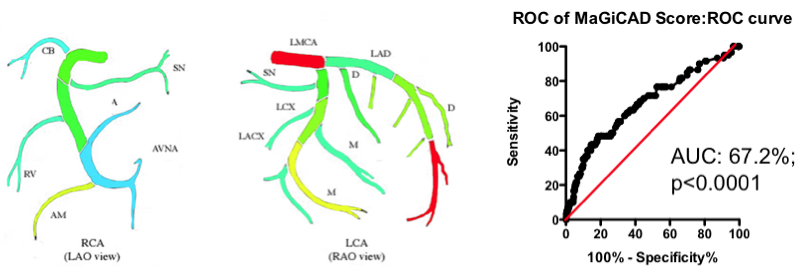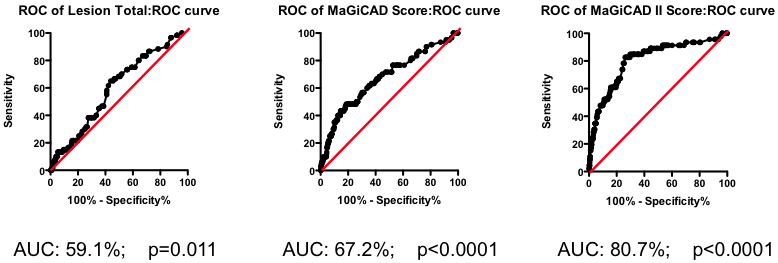Why clinical CROs hate eCRF systems – and why you should love them
- September 17th, 2012
- By admin
- Write comment
Everything from banking to government services, from shopping to gambling has moved on-line in the past decade, yielding huge efficiency gains for suppliers and (for the most part) an improved experience for the customer. Suppliers that have failed to adjust their business model are being slowly (or not slowly) ejected from the marketplace.
Against this background, then, it is surprising that such a high percentage of clinical trials are performed using simple pen and paper to record the raw data. The classical paper Case Report Form (or CRF) has changed little in decades – and seems surprisingly entrenched against the assault of the digital age.
At first glance that seems understandable enough – after all, if you just want a flexible tool to record free-form information then pen and paper is still hard to beat. The key word, some clinical researchers argue, is flexibility. You never know what might happen, so its hard to predict in advance the kind of information you will need to capture. Whatever the eventuality, the paper CRF can accommodate. And anyway, it can never fail you – what happens to a digital system if the power fails or the internet connection goes down?
The flexibility is undeniable – we have all experienced on-line forms (even from large companies and government departments with huge IT budgets who should really know better) that simply will not allow you to enter the information you need to give them. Quite simply the designer hadn’t put themselves in your particular situation when they designed the form.
As a result, digital forms work best for simple tasks (like booking a flight or buying a book) and much less well for complex tasks (such as completing your tax return). There seems little doubt in which camp a clinical trial falls.
But managed correctly, this lack of flexibility is also the greatest strength of an electronic Case Report Form (or eCRF). Flexibility in the hands of a genius is an unmitigated good – but flexibility gives people the opportunity to make mistakes. Quite simply, the same digital system that frustrates and infuriates because it wont let you enter the right kind of information is performing a useful gatekeeper function when it prevents you entering errors. An electronic form wont allow a body mass index of 235 or an age of 216 – errors that can be quickly and easily corrected if they are spotted in real time while the patient is still present, but much harder to correct when identified later.
Smart data entry doesn’t just catch errors. It can also improve the quality of data by forcing free-form information into categories. Categorical data can be subjected to statistical analysis more easily than unstructured text – and the originator of the data is much better placed to choose a category from a list than a data analyst attempting to throw a quadrat over the free-form data much later on. There is no reason not to include a free text ‘notes’ field alongside the categories so that the full richness of the data that would have been captured on a paper form is also included in the eCRF.
Going digital can improve the quality of clinical data in other ways too. Patient recorded outcomes are important end-points in many trials, but they are notoriously unreliable – they are subject to biases depending on how the questions are administered, as well as substantial variation from one day to the next. The eCRF can help on both scores: using a computer, or even an iPad to administer the questionnaire removes the variability in presentation that inevitably occurs with a human operator. Equally importantly, the ease and reliability with which the reporting tool can be self-administered allows data to be collected much more frequently – and time-averaged data is considerably more powerful than spot measures for highly variable end-points such as patient-reported outcome scales.
There is no reason in principle why the eCRF cannot be a truly interactive tool – providing information to the clinical researcher at the same time as the clinical researcher records information in the eCRF. The eCRF becomes a dynamic manifestation of the protocol itself – reminder the researcher of the sequence of tests to be administered, or the individual steps of the protocol for more complex or lengthy procedures. It can, of course, integrate information from the patient with the protocol to provide patient-specific instructions. For example, in a recent clinical trial using the cutting-edge eCRF platform from Total Scientific, one of the end-points involved processing sputum samples. The volume of reagents added to the sputum depended on the weight of the sputum plug – using a paper CRF would have required the clinical researcher to perform relatively complex calculations in real time while preparing the sputum sample; with the customised eCRF from Total Scientific the weight of the sputum plug was entered and the eCRF responded with a customized protocol for processing the sample with all the reagent volumes personalized for that particular sample.
A cleverly designed eCRF, then, is like having your own scientists permanently present at the clinical sites. The eCRF is looking over the shoulder of every clinical research assistant and providing advice (in the form of the interactive protocol) and preventing errors. This “real-time electronic monitoring” severely restricts the flexibility of the clinical researchers to do anything other than exactly what you intended them to do. And this is why many clinical CROs do not like eCRFs. Loss of flexibility makes their job harder – but makes your clinical data better!
Of course, not all eCRFs are born equal. Some deliver the restriction and lack of flexibility over data entry in return for only very limited data-checking. Unless you really harness the power of using an eCRF rather than pen and paper, there is a danger it can cost more and deliver less. But the advantages of well-designed eCRF, whose functionality has been matched to the needs of your particular protocol brings huge benefits in data quality – which translate directly into increased statistical power. Total Scientific’s bespoke eCRF platform, for example, uses individually-designed layouts grafted onto a powerful relational database engine to provide features that are difficult or impossible to realize using conventional eCRF products that are rigid and poorly-optimized for each new user (being little more than digital versions of the paper CRF they replace).
As a result, we provide features such as colour-coded dashboards for each patient visit that provide, at a glance, an indication to the clinical researcher which tasks have been completed and which remain outstanding, as well as user-defined options to display the blinded data in real-time so that outliers and trends in the data can be visualized and identified with an ease unimaginable in the days of paper-only data capture.
And the eCRF is still evolving. At Total Scientific we are working on modules that implement statistical process control right into the eCRF itself. Statistical process control is a well-established framework for monitoring complex systems, such a silicon chip fabrication plants. By looking at all the data emerging from the process (whether chip manufacture or recruitment of patients) it spots when a significant deviation over time has taken place. In the manufacturing setting, that allows the operators to halt production before millions of chips are made that will fail quality control. In a clinical trial, statistical process control would identify any unexpected changes in baseline values that cannot be explained by random variation alone and flag them up – while the trial is still running. While such artefacts can be identified in a conventional locked clinical database during data analysis, it is then too late to do anything about it (other than repeat the trial), and these common artefacts then substantially lower trial power. Incorporating statistical process control into Total Scientific’s eCRF platform promises, for the very first time, to take clinical data quality to a new level.
If you are planning a trial and your clinical CRO is trying to convince you that the paper CRF system they have always used is better – more flexible and cheaper because they don’t have to learn a new system – then its time to list the benefits of a cutting-edge eCRF system. They make not like the idea of “big brother” watching their every move – but that’s precisely why you should insist on it!
David Grainger
CBO, Total Scientific Ltd.


